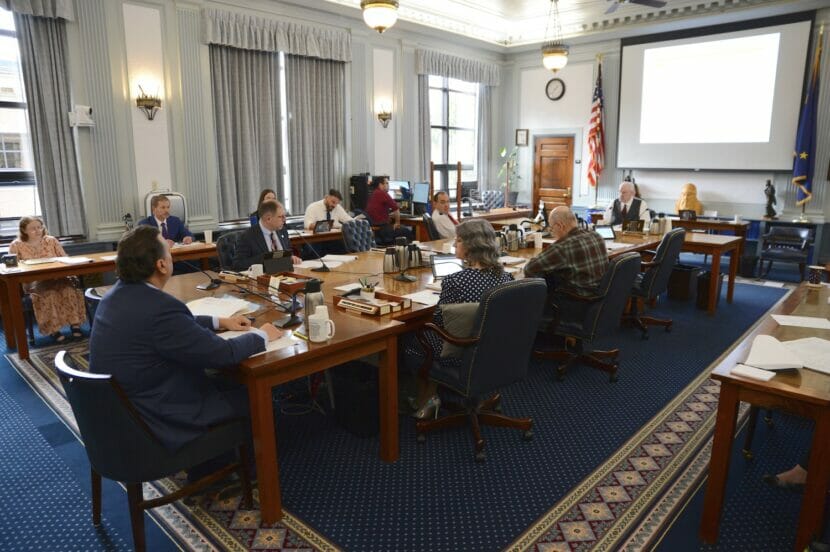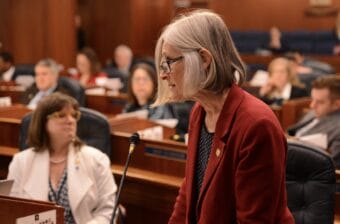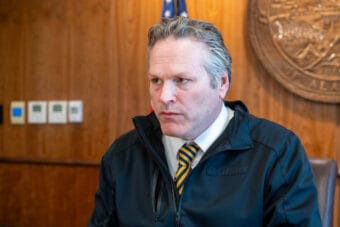
A last-hours lobbying effort behind closed doors by members of the Senate’s bipartisan caucus resulted in more funding for public schools within the draft Alaska state budget under consideration in the state Senate.
On Wednesday afternoon, members of the Senate Finance Committee were presented with a $6.2 billion proposal that would pay for state services in the 12 months that begin July 1.
Included within the proposal is $175 million in extra funding for K-12 public schools, enough to increase the state’s per-student funding formula, the base student allocation, by $680 for one year.
As late as Monday afternoon, Sen. Bert Stedman, R-Sitka, said the Senate was focusing on a smaller figure, $500 per student, or $46 million less, but subsequent lobbying by Stedman’s colleagues pushed the figure higher, even as Stedman and other members of the finance committee clung to a pledge that their budget plan would avoid spending from savings.
“There was a lot of interest within the Senate Majority to see a higher number and match the House,” Stedman said Wednesday afternoon.
Similar lobbying efforts resulted in other additions: Sen. Cathy Giessel, R-Anchorage, successfully added $30 million for additional Medicaid funding to pay for home care for the elderly; multiple lawmakers convinced the Senate to add $15 million to pay for higher wages at child care facilities.
The state’s planned takeover of a federal program that regulates construction in wetlands has been axed from the budget, as has a plan to consolidate the state’s procurement officers into the Department of Administration.
There’s $1 million in extra funding for rural public radio stations, $5 million for the Alaska Seafood Marketing Institute, and $2 million more for tourism marketing.
None of these changes is yet final.
The full Senate isn’t expected to vote on its draft budget until next week, and that draft will have to be reconciled with a different budget proposal passed by the state House earlier this month.
To pay for its changes without spending from savings, the Senate reduced the Permanent Fund dividend proposed by the House, halving it from the $2,700 figure the House preferred.
As lawmakers enter the final three weeks of the legislative session, the dividend amount is expected to become a key friction point.
Members of the Senate appear unwilling to spend from savings to pay for a dividend that members of the House majority say they demand. Meanwhile, lawmakers face a constitutional deadline to pass a budget.
How will the looming impasse be resolved?
“We, by July 1, have to have a balanced budget,” Stedman said. “The constitution will let us out.”
This story originally appeared in the Alaska Beacon and is republished here with permission.


